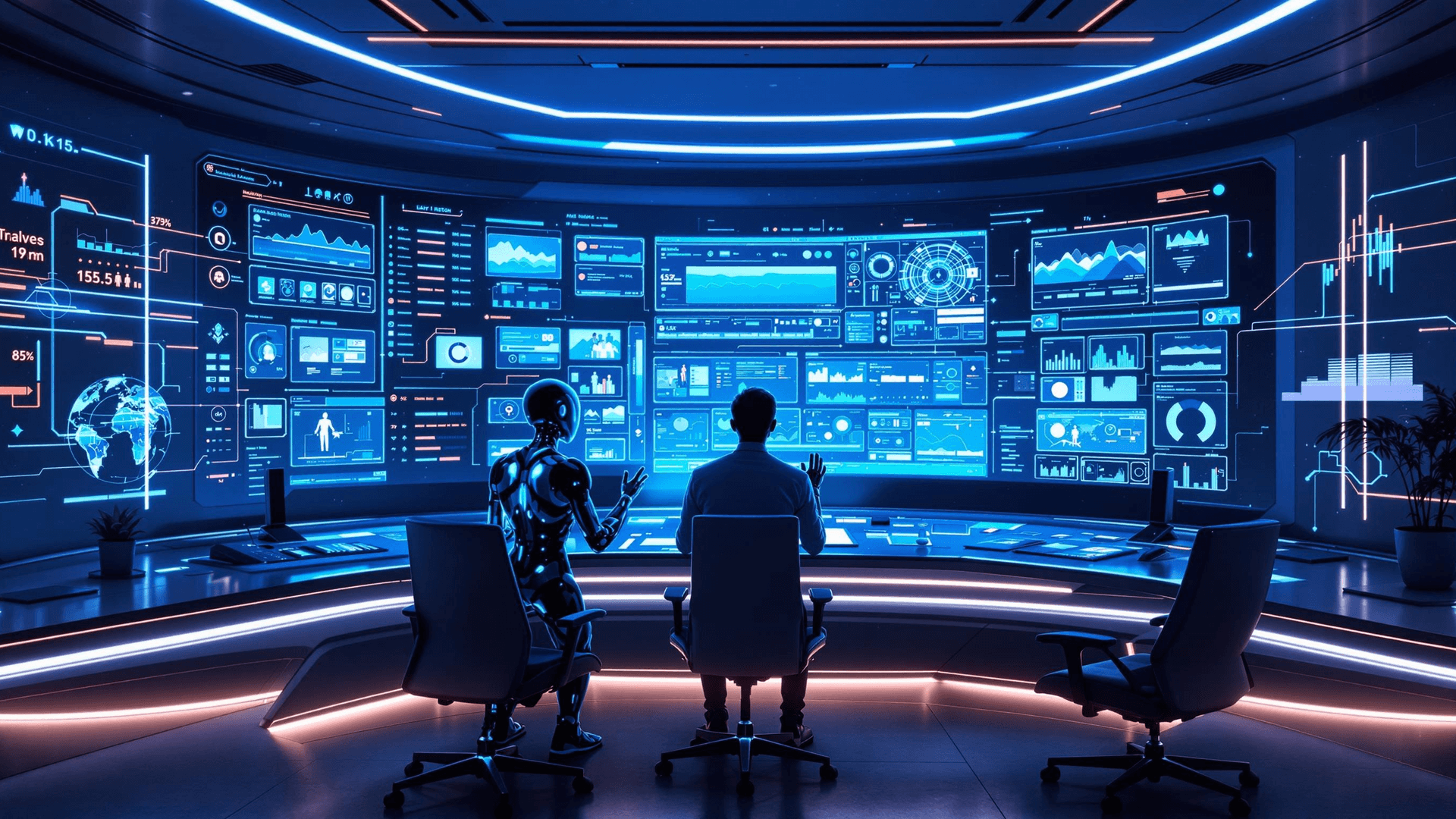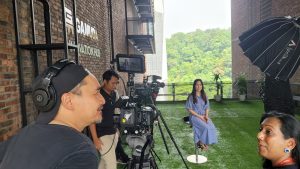The Impact of AI on Video Editing
Artificial Intelligence (AI) is revolutionizing many fields, and video editing is no exception. As AI technology advances, it is reshaping the editing landscape by making it more efficient, accessible, and innovative. Here’s an exploration of how AI is impacting the world of video editing.
1. Automated Editing Processes
Efficiency and Speed: AI-powered tools can significantly reduce the time it takes to edit videos. By automating mundane tasks such as cutting, trimming, and arranging clips, editors can focus more on creative storytelling.
Smart Editing Suggestions: AI can analyze video content and propose edits, suggesting the best clips to use and even recommending music that fits the mood, streamlining the decision-making process.
2. Enhanced Video Quality
Upscaling and Restoration: AI algorithms can enhance video quality by upscaling lower-resolution footage, removing noise, and restoring old or damaged videos, breathing new life into archives that would otherwise remain unused.
Color Correction and Grading: AI tools can automatically adjust lighting and colors to maintain consistency across sequences, ensuring professional-grade visuals without requiring extensive manual corrections.
3. Personalized Content Creation
Dynamic Personalization: AI enables the creation of personalized video content based on viewer data. This can range from targeted advertisements to custom narrative experiences that adapt to individual user preferences.
Content Localization: AI can facilitate the translation and localization of content, allowing videos to be tailored to different languages and regions, thereby reaching a wider audience.
4. Advanced Audio Editing
Automated Transcriptions: AI can quickly transcribe audio, making it easier to create subtitles or search for specific dialogue within large volumes of footage.
Noise Reduction and Enhancement: AI-driven audio tools can isolate unwanted background noise and enhance vocal clarity, improving the overall sound quality of recordings.
5. Creative Tools and Effects
Visual Effects Automation: AI can automatically apply complex visual effects, such as tracking and masking, speeding up the post-production process and allowing smaller teams to achieve high-end effects.
Innovation in Storytelling: With AI, editors can experiment with new styles and formats, such as interactive or non-linear narratives, pushing the boundaries of traditional storytelling.
Conclusion
The integration of AI into video editing is paving the way for a future where the editing process is faster, easier, and more innovative than ever before. While there will always be a need for human creativity and storytelling expertise, AI provides powerful tools that enhance and expand the possibilities within the realm of video production. As the technology continues to evolve, we can expect even more groundbreaking changes, cementing AI’s role as a transformative force in video editing.



